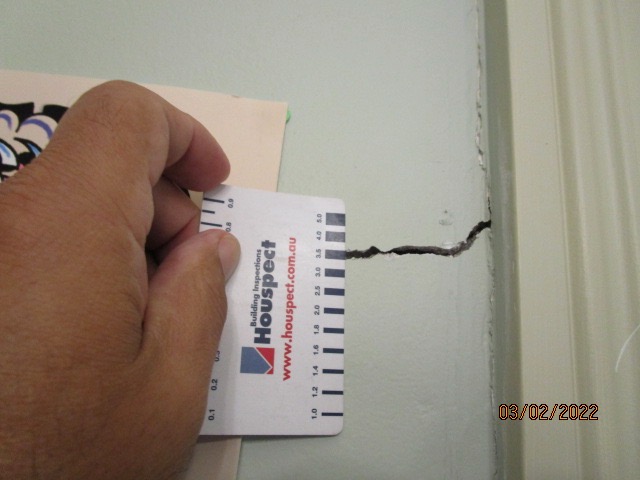The property market has seen notable changes in 2024, with fluctuating prices, rising interest rates, and a more cautious outlook for home buyers. With the Reserve Bank of Australia (RBA) holding interest rates steady, many buyers are left grappling with whether to buy now or wait for future rate cuts. The situation presents both challenges and opportunities for those looking to enter the market.
Melbourne Property Market Overview: Sales Trends and Price Performance
Recent sales data provides insight into the current state of the property market in Victoria and Melbourne. According to CoreLogic, the median dwelling price in Melbourne (Oct 2024) is $840,000, reflecting a modest 1.5% increase over the six months to October. However, this figure masks some divergence across different areas. Inner-city suburbs have seen stronger price resilience due to ongoing demand, while outer suburbs and regional areas have experienced more price fluctuations, with some suburbs showing declines of up to 5% compared to last year.
This mixed performance highlights that, while prices have not surged dramatically in 2024, demand remains concentrated in certain areas. Buyers are still facing competitive conditions in sought-after locations, even if the market as a whole feels less volatile than it did in 2023.
Impact of the RBA Decisions: A Dilemma for Home Buyers
The RBA has maintained the official cash rate at 4.35% since November 2023 which has significant implications for the housing market. While inflation has slowed from its peak of 7.2% (annual trimmed mean) in December 2022, it is still around 3.2% and so the RBA is cautious about lowering rates too quickly, as it seeks to maintain economic stability. High debt due to spending by State and Federal government is contributing to inflation and cost of living pressure in Australia. Most comparable overseas economies have reduced inflation to normal levels.
For home buyers, this means that interest rates on home loans remain high, with variable rates ranging from 6% to over 10%. The higher borrowing costs are creating a dilemma for many buyers: whether to purchase now at higher rates, or wait for a potential rate cut, despite the uncertainty about when that might happen.
The Relationship between Rate Cuts and Property Prices
Rate cuts tend to have a significant impact on property prices. Historically, when the RBA lowers rates, it stimulates demand by making borrowing cheaper, which drives property prices higher. During the last round of cuts in 2019-2020 when the cash rate fell, Melbourne property prices increased by 10-12% over the following 12 months. Similarly, during the COVID-19 pandemic when rates were slashed, Melbourne’s property market saw a 9-10% surge in 2021 alone.
So buyers should consider the possibility that if rates were to drop in 2025, property prices could rise sharply due to increased buyer demand. This leaves buyers with a difficult decision: do they buy now, potentially locking in a higher cost due to elevated borrowing costs, or wait in the hope that interest rates will fall?
Could US Politics Impact Australian Interest Rates?
While the RBA is primarily guided by domestic economic conditions, international events—particularly in the United States—can indirectly affect Australian interest rates. Following Donald Trump’s re-election there are several potential economic ramifications that could influence global financial markets, and in turn, Australia’s monetary policy.
If his administration pushes for larger fiscal stimulus measures or adopts trade tariffs, it could influence the US dollar and commodity prices. In response, the US Federal Reserve might adjust its monetary policy, which could have a ripple effect on Australian borrowing costs.
Historically, there has been a correlation between US and Australian interest rates, particularly when the US faces economic pressures that could spill over into global markets. If the US Federal Reserve responds to Trump’s policies with interest rate cuts or other economic measures, the RBA might be compelled to follow suit to maintain exchange rate stability and ensure Australia remains competitive in global markets. However, the RBA’s decisions will also continue to be shaped by Australia’s domestic economic factors, such as inflation, employment rates, and housing market conditions.
What Does This Mean for Buyers?

The decision of whether to buy now or wait hinges on a number of factors, including individual financial circumstances, market conditions, and personal priorities. On one hand, waiting for a rate cut might seem appealing, but the historical trend suggests that rate cuts typically lead to higher prices. If the RBA cuts rates in early 2025, it could spark increased demand, further pushing up property prices.
However, for buyers who are financially stable and able to manage higher repayments, buying now may still make sense. The Melbourne property market is relatively tight, especially in popular areas, and waiting for a rate cut could result in paying a premium down the line. Buyers who act now may be able to secure a property before rates are lowered and competition increases.
A Practical Approach: Arrange a Pre-Purchase Building Inspection with Houspect Victoria

For buyers in today’s market, one valuable step is to arrange a Pre-purchase Building Inspection of your property. With prices already high and the uncertainty surrounding future interest rates, making an informed decision is crucial. A thorough inspection can help identify hidden issues with the property, such as structural damage, pest infestations, or costly repairs that may not be immediately obvious.
The Houspect report listing building defects and potential issues can provide leverage during price negotiations. For example, if the inspection uncovers significant problems, buyers can offer a reduced price or ask the seller to address the issues before proceeding with the sale. This can be a valuable tool for reducing the overall purchase price, offsetting the impact of higher borrowing costs, and ensuring that the property remains a sound investment.
In an environment where home loan repayments are already higher than many buyers would prefer, having a property inspected can confirm a property’s financial feasibility (especially when a property is advertised as a retro or ‘renovator’s delight) and potentially save thousands in repairs down the track, and facilitate a better deal negotiation.
Final Thoughts – Go or ‘Whoa’?
The property market in 2024-25 remains a complex landscape for buyers. While there are still opportunities, prospective buyers need to be strategic and consider not just the current cost of borrowing but also the potential effects of future interest rate cuts. With uncertainty around the RBA’s stance, the question of whether to buy now or wait remains open. However, buyers should consider the possibility that rates could fall in the near future, leading to increased competition and rising property prices.
For those who are ready to buy now, taking steps to mitigate risk—by arranging a Pre-purchase Building Inspection—can help ensure that they are making a sound investment. While there are no guarantees in the property market, being prepared, informed, and proactive can help buyers navigate the current challenges and seize opportunities in an evolving property market.







